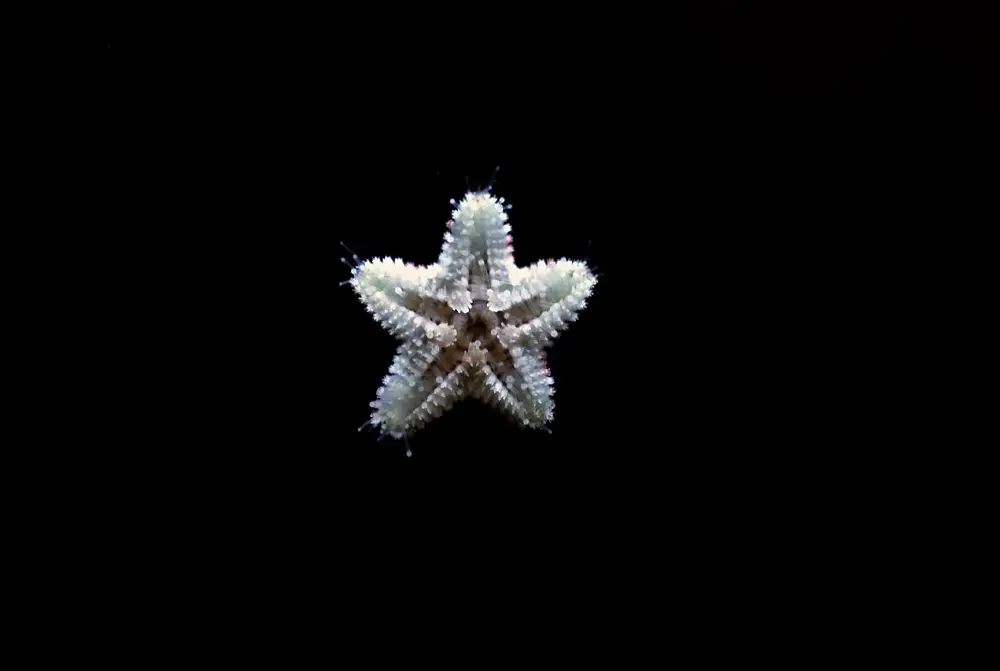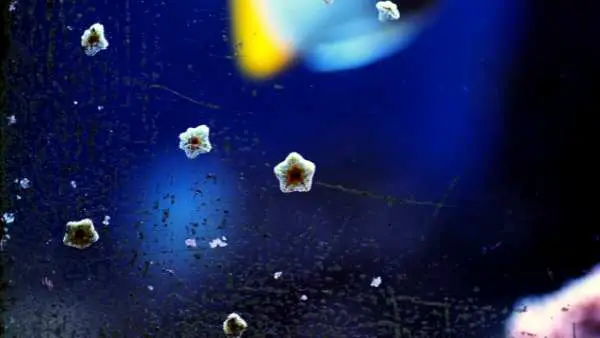Asterina is a genus of the Starfish family. It belongs to the Asteroidean family within the larger group of the Asterinidae. As the name suggests, it is a derivative of the word asteroid, related to space and more specifically stars (hence the common name of Starfish).
The Asterina species in particular were first found in Australian waters. They have also been found in seas all around the world, particularly in the Mediterranean. With this in mind, given that they feature in so many of the world’s oceans, it is not at all surprising to find that there are around 15 different species of Asterina.

Unlike many other types of starfish, Asterina starfish have slightly webbed points. The points are thicker than those of other starfish. For this reason, they are often known as bat starfish or simply bat stars.
The points (or arms as they are technically called) of the starfish on any of the Asterina species are often quite short and rounded. They are also joined together with the other points much more closely than on other species, hence the webbed appearance.
For this reason, the shape they form is more akin to a pentagon than a star, unless of course, the species has more than five arms.
They are usually very small and thin. Their skin has an appearance that resembles knitted fabric. Asterina may also vary in color and be red, yellow, grey, and most commonly, white.
One of the most commonly known types of Asterina starfish is the Asterina gibbosa. They are also known as the starlet cushion star. They are native to the oceans in the Mediterranean and North Atlantic.
Their appearance is inflated, hence the reference to cushion in their name. They are usually brown, orange, and even green. However, if they are found deeper in the ocean then they are usually paler in color.
They are nocturnal creatures and typically stay under boulders, under algae within rock pools, in caverns, and rocky overhangs. When they come out at night they scavenge for food. However, the majority of their diet is made up of bacteria that live on the rocks they inhabit.

They eat this bacteria by turning their stomachs inside out (this is known as everting) and producing an enzyme to digest the bacteria. They also eat dead mussels, oysters, and periwinkles, as well as decayed toothed wrack seaweed. They have even been found to consume the feces of mollusks.
What makes this species of Asterina so widely known is the fact that it is a protandric hermaphrodite. This means that it is born a male and then changes to a female. This seems to happen only when they reach a certain length (perhaps between 0.35 and 0.63 inches).
However, it is not certain exactly when the sex change occurs. They grow to about 2 inches in total when they have reached maturity.

